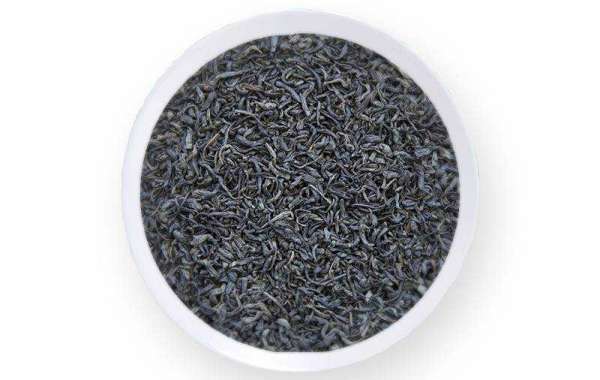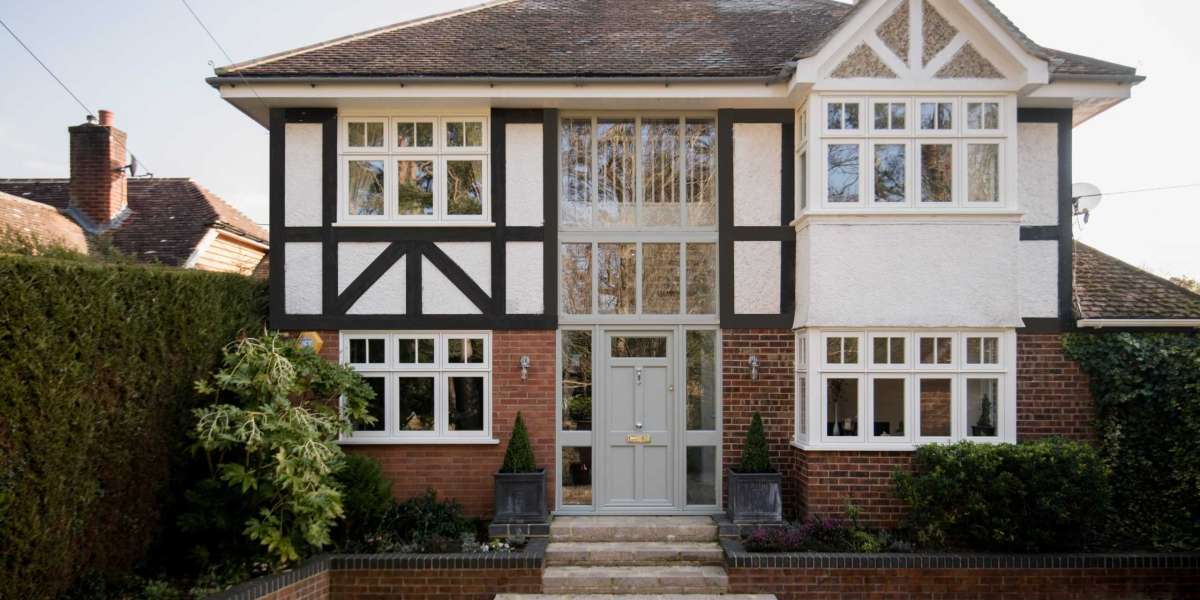While the history of tea does not begin with CHINA GREEN TEA specifically, it began with something close. The story goes that Emperor Shen Nong was sitting in his gardens enjoying a beautiful day while tending his cauldron of water. (The emperor discovered that allowing water to come to a full boil before drinking prevented disease). The leaves of the tea plant drifted into his cauldron and boiled, infusing the water with the first tea ever. When Shen Nong tried the drink, he was immediately invigorated,. He shared the drink with all of his court officials, and suddenly, everyone at court was enjoying a jubilant buzz from the first caffeinated beverage.
Early green tea was not exactly the same as the fine green teas we enjoy today. During the famous tea sage Lu Yu’s time, green tea was pressed into cakes, and ground into a powder like matcha. The it was whisked into a froth in beautiful bowls. During the Song dynasty, people would even have brewing competitions to see who could whisk the finest green tea. Of course, the taste of early green tea was very strong, very grassy, and thick. When people sipped the jade green froth of Song era green tea, they were actually drinking the tea leaves themselves as a powder.
Zen Buddhist monks took this style of brewing back to Japan as matcha, and prepared in a chado ceremony (from the Chinese Cha Dao or way of tea). Green tea caught on in Japan after the emperor personally fell for the drink and appointed tea advisors, planting green tea gardens around Kyoto.
Later, the Chinese branched away from powdered whisked green tea and into looseleaf steeping. Famous emperor Song Huizong declared the flavors of looseleaf steeping to be superior to whisking the powder of tea. This may have been a taste discovery, but it may also have been prompted by the development of infrastructure in China (canals and roads) to allow for safer transport of tea in non-brick form.
From that point on, green tea was cultivated and processed with looseleaf brewing in mind. When European explorers first brought tea back from China, they took green tea, which experienced a warm reception in royal courts but didn’t become a widespread drink like black tea. Part of the reason for this is that green tea has a shorter shelf life. It needs to be fresh when it is brewed up. Year-old tea carried in ships to Europe didn’t fare as well. The tea that didn’t spoil due to poor storage was very expensive.
Black tea became the obvious solution to the freshness problem, becoming the national drink of England, and enjoying popularity around the world. Only recently has fast and cheap transportation allowed for fresh green tea to be exported from China and delivered to customers at its peak aroma and flavor.
If you are interested in CHINA GREEN TEA 9371, welcome to contact us!








